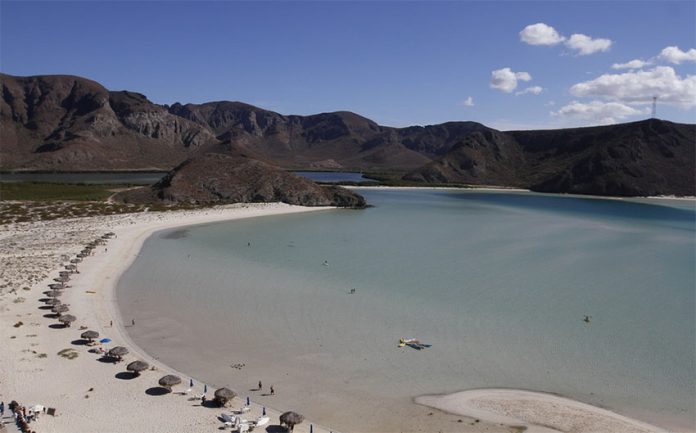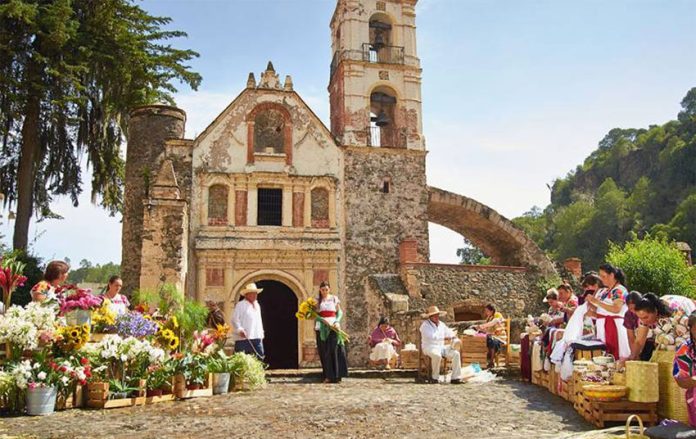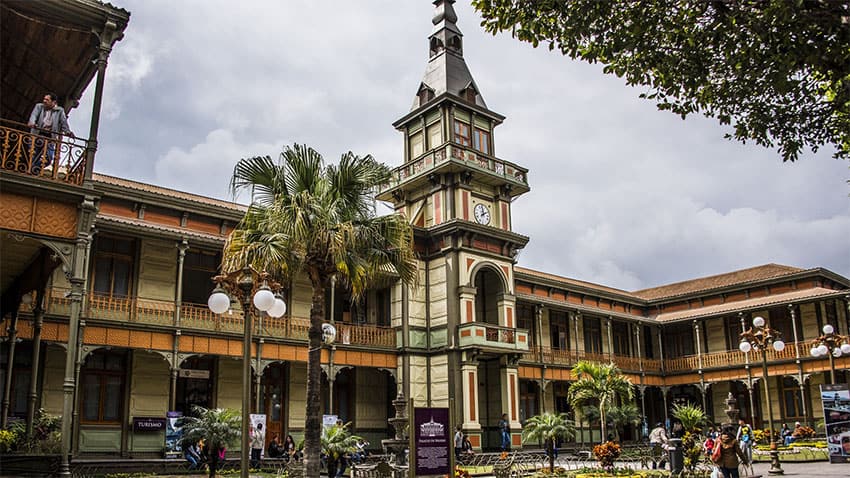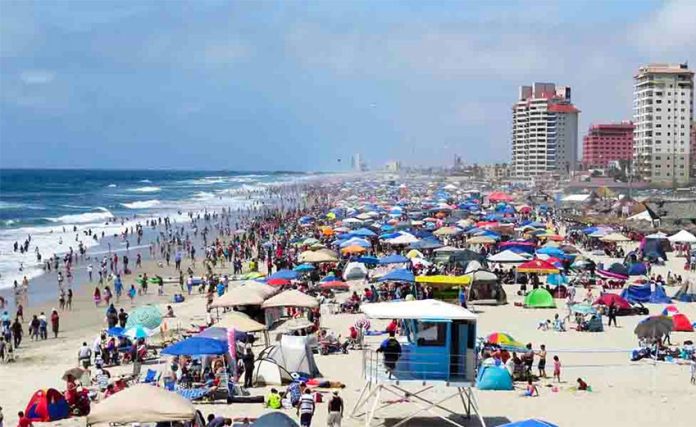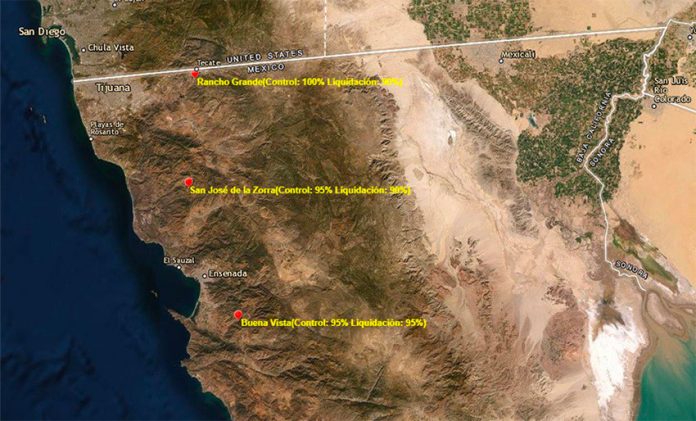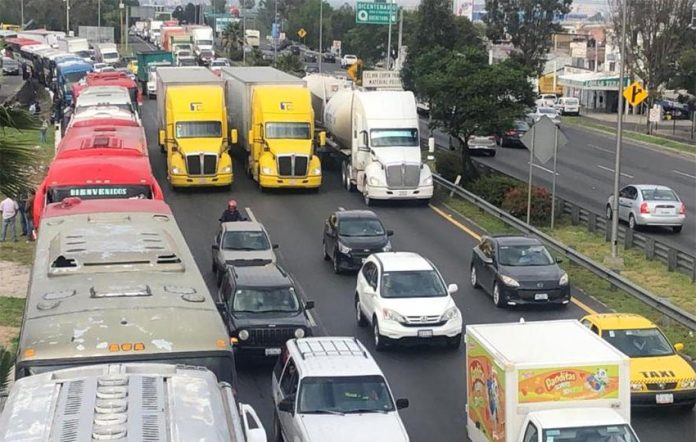A Baja California Sur beach has been overwhelmed by growth of more than 600% in visitor numbers over the past six years, prompting authorities to prepare a new management plan that includes charging people to access the protected coastal area.
Located 20 kilometers from the state capital La Paz, Balandra has been described as the most beautiful beach in Mexico, and it seems many would agree.
Its promotion by state tourism authorities and travel agencies as well as photos and videos of the beach on social media and popular blogs have caused visitor numbers to explode.
“When we started visiting and studying Balandra 30 years ago, there was no tourism,” the state director of the Natural Protected Areas Commission (Conanp), told the newspaper Milenio.
“. . . In 2013, we had 28,000 visitors . . . and we’ll end this year with 200,000 . . .” Benito Bermúdez Almada predicted, which would be a 614% increase.
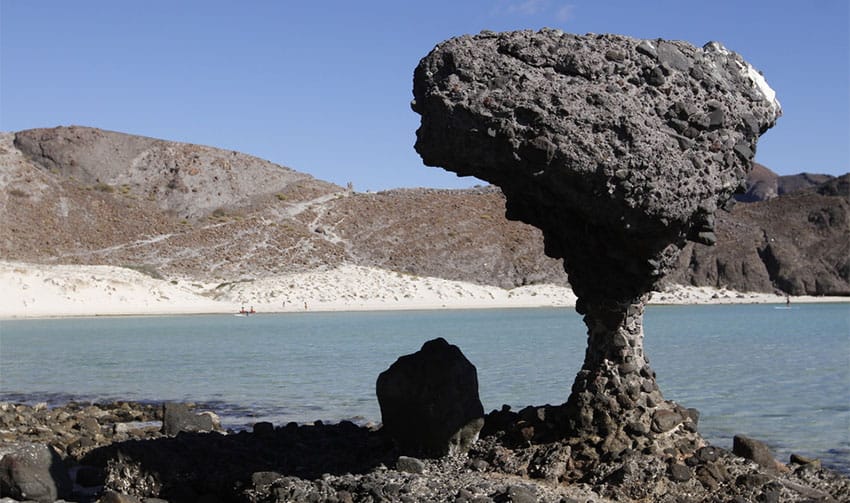
He said that as many as 2,000 people a day visit the beach, four times the recommended maximum.
The massive tourism spike has placed a significant strain on Balandra, the main beach with its own parking lot; Balandra 2, where an iconic mushroom-shaped rock is located; and seven other beaches in the 2,500-hectare protected area.
Garbage left behind by tourists and the resulting contamination of the coastline and sea is the biggest problem the area faces.
According to Conanp, the municipal government collects an average of 12 tonnes of trash per week from Balandra, although a local tourism guide disputes the claim.
“The citizens who work here . . . are tasked with cleaning the area,” Roberto Lomelí said.
“. . . We don’t have trash cans on the beach because they attract flies; besides, rubbish collection services don’t come by regularly,” he added.
![]()
The presence of fecal matter in the water is also an increasing problem.
Bermúdez said when people go to the beach they take their children and that represents a possible increase in coliform bacteria.
The most recent testing showed that the water was still within recommended standards, he said, but “it’s close to the limit . . . We don’t want to let it get out of hand.”
To mitigate the problem, state and municipal authorities are planning to provide improved washrooms.
Other measures to provide better protection of the beaches will be an increase in the number of park rangers from three to 12, a ban on vendors from entering and a four-hour time limit for beachgoers. Also planned is an admission fee of 36 pesos per person per day to enter the Balandra protected area.
“. . . It’s not about denying entry to anyone; everyone will be able to go to Balandra but in an orderly way. We want to certify it as a clean beach,” he added, explaining that will only be possible through stricter regulation.
Source: Milenio (sp)
